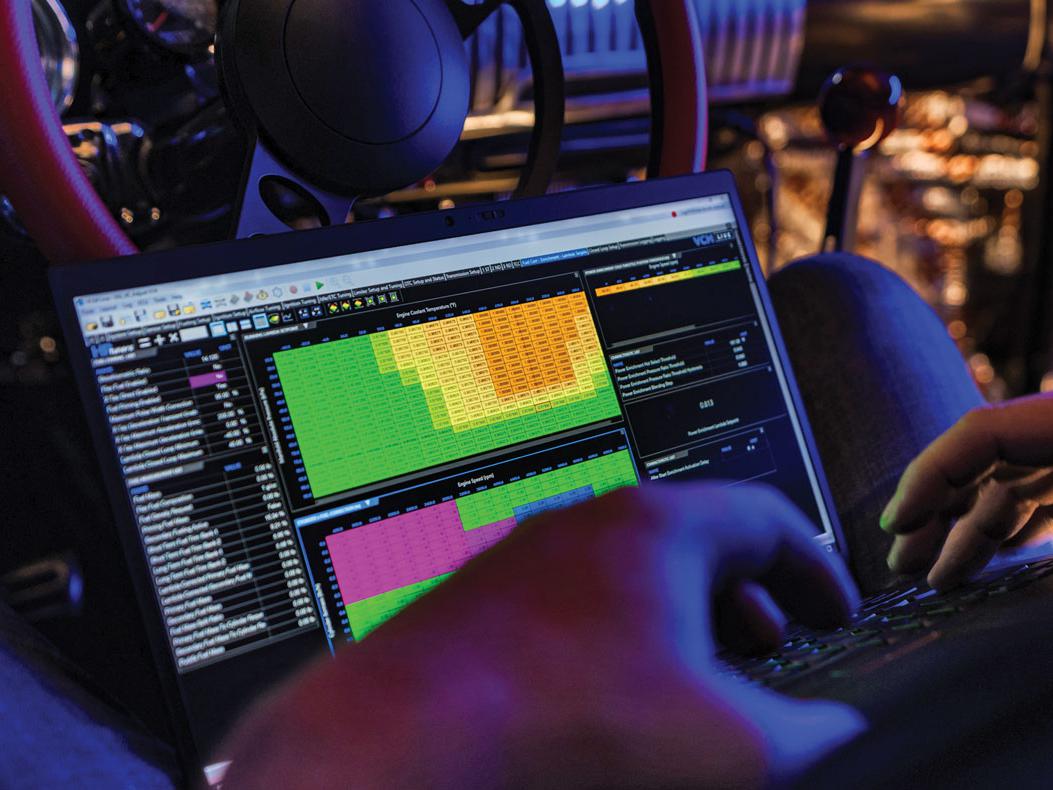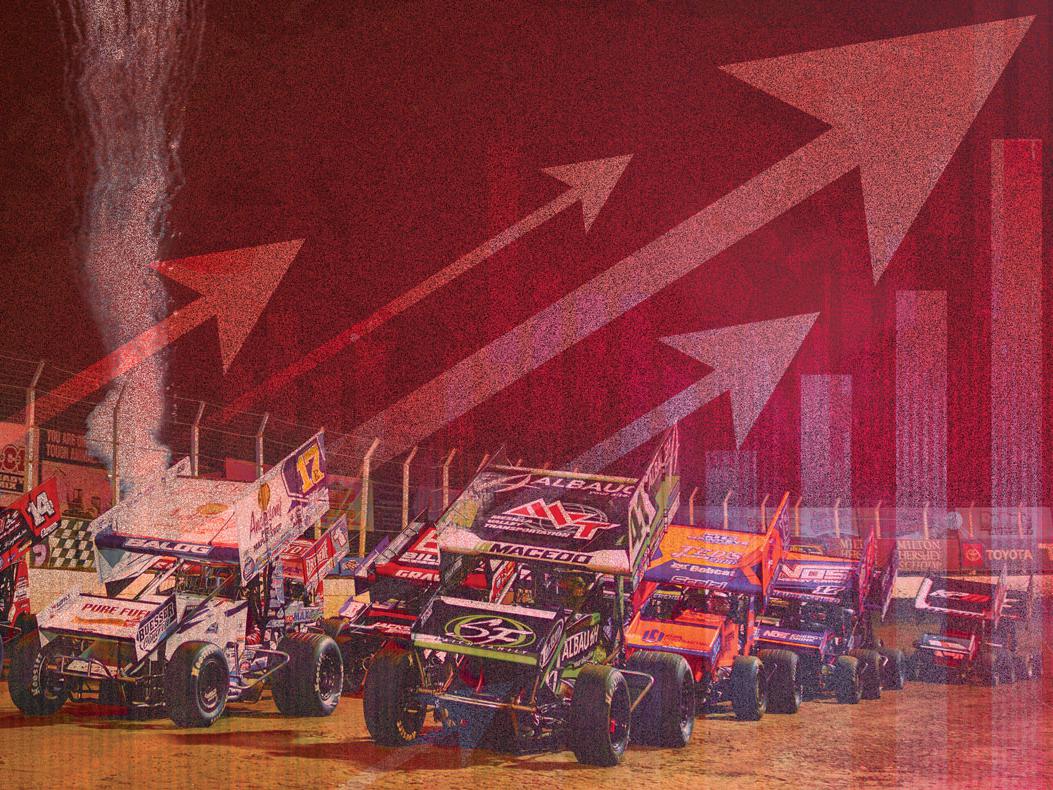Data Driven

As racers gain experience with what the numbers can teach them, system manufacturers are upping their game to provide more information that’s easier to access and interpret.
When we spoke recently with data acquisition and sensor manufacturers about what they had in development for the performance racing industry, we heard several variations of, “I’m not allowed to say anything,” and “I can’t give you any details yet.” It was clear, though, that all of these companies were hard at work on new products they planned to launch within the next year or so. All were responding to what they saw as significant growth potential in the use of these diagnostic tools.
“A lot of cars out there still don’t have any sort of data acquisition,” observed Donny Cummins of Holley Performance Products in Bowling Green, Kentucky, which includes Racepak Data Systems among its brands. “They don’t know how they can benefit from it. Some of them know but are scared of it. Some think it’s out of their budget. I try to find the balance for these guys.”
He also pointed out that some racers are getting data acquisition by default. “The majority of EFI systems out there have data acquisition built into them, so racers switching from carburetors are automatically getting a data logger with their ECUs and being introduced to it. Which is great. I always say to my customers, at the end of the day, no matter what company you end up with, having data in your race car is the most cost-effective and time-effective thing you can ever do. You can diagnose a problem in one or two passes as opposed to taking a whole weekend before you finally find an issue.”
“The reality is, if you’re trying to really fine-tune, you can’t fine-tune without data,” said Matt Parlett of Computech Systems, Charlotte Hall, Maryland. “If you are a weekend bracket racer who just goes out there every once in a while, you’re not going to be worried about data. Once you start taking it seriously and want that extra edge, you can’t go any further without data. It is absolutely flying blind with no clue of what’s happening inside the car.”
When a racer recognizes the importance of data, “they never turn back,” Parlett added. “At that point, every chance they get they’re getting data. It becomes an ever-feeding circle. The more data you get the more you learn, so you want to get more data to learn more. And the more you learn, the more data you want. Ultimately, once you unlock that cycle, you become a better tuner, because each time you go through one of those iterations, and you fine-tune something and get that aspect perfect, your combination gets tighter and tighter.”
On the Horizon
Some of the company reps hesitant to talk in detail about what’s on their drawing boards did give us general outlines of what they are planning.
Computech, which specializes in drag racing data acquisition, is working on a data logger update that will “implement graphing features directly onto the gauge panel,” Parlett said. “When you get done with a pass, all you have to do is swipe up and it will instantly show your last two graphs overlayed on top of each other so you can recognize what was different between this pass and the pass before it.”
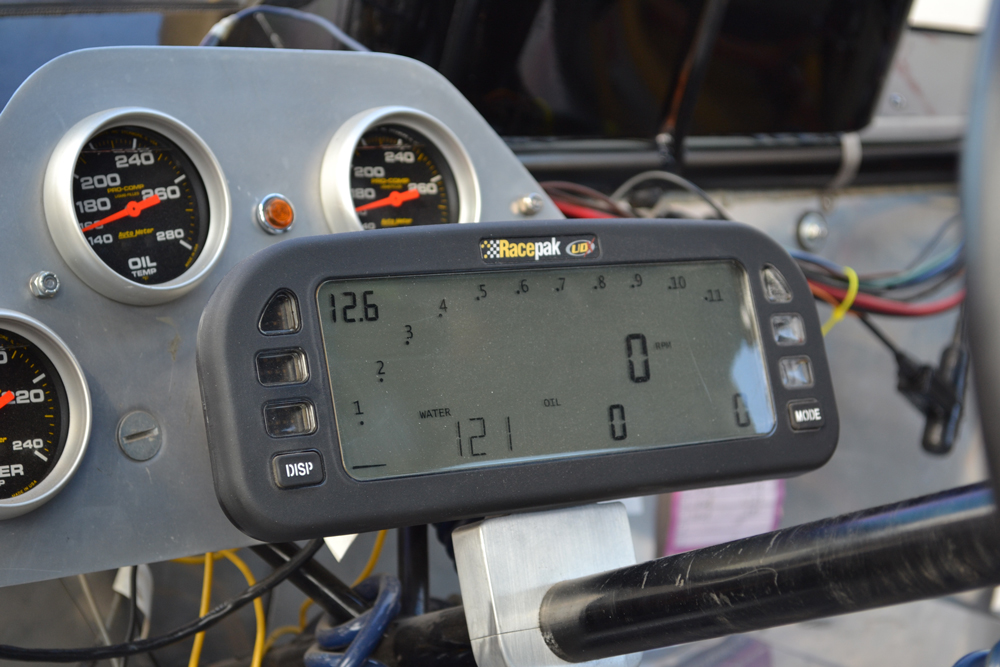
As part of this update (which will be available as a download from the company’s website, computech.com), the logger will display an after-action report, according to Parlett. “We’ll have a list of what your launch rpm was, what the max EGT was, the average fuel pressure during the run, stuff like that. All of these will have instant overlays with each other so it will instantly compare this run to the last. We’re trying to do it automatically, to get them to see that, right after a run is over, we’ve changed the screen. Once the car’s turned off it will go right to the graphs while they’re still sitting in the car. The graphs will be smack dab in their face showing what’s different. Doing that automatically will help the guy who has a data logger but doesn’t pay attention to the data. It’s hard to ignore it when it’s staring you right in the face on the screen.”
“We’re going to get more modernized,” said Cummins of Racepak’s future offerings. “We’re going to use a lot more technology that’s been around for a while, dealing with storage and mobile devices.” Does that mean better accessibility? “Bingo. Things will be a lot more accessible. We’re looking at different platforms. We’re not going to stray from your standard laptop windows that are in everyone’s trailer. That will always be supported. But we don’t have blinders on. We recognize the need for more wireless technologies, different platforms, and we’ll be going down that path.”
One advantage Racepak has when developing new product is the ability to share resources with fellow Holley brands, Cummins reported. “That opens up a door to get outside the box a little bit. If we don’t know something, maybe that guy from the other company will know. We have something in the works for next year utilizing cool stuff from Holley and bringing it to the Racepak side.”
OEM sensor manufacturer Trensor of Irvine, California, introduced its 3FP brand in the first quarter of 2022 “specifically targeting performance racing,” said Scott Gilman. In terms of future products, the company is looking at segments “that are not highly commoditized or where there’s truly a gap in the market, whether that’s a quality gap, a reliability gap, an availability gap, or whatever it might be.”
Gilman said he can’t “speak specifically to the technology we’re working on in R&D,” but “as a company, something we’re doing at the OE level is consolidating sensor technologies into multi parameter sensors.” These sensors will address circumstances where “our customers are using multiple different sensors to capture the data they need. By consolidating sensor technologies into one, racers can capture pressure and temperature together at the same time in one sensor location, getting two constant data streams or even three constant data streams. So you will see Trensor bring products like this to the market under the 3FP brand in 2023.”
Gilman said Trensor has the ability “to do everything from pressure and temperature sensors to a wide array of sensors and technologies – you name it. So we’re looking to our customers and other partners for feedback. What’s important to them? Where do they need help? It’s a grassroots approach of looking at the market, finding those gaps, and figuring out how can we fill them and do better.”
What’s New Now
When we spoke to Parlett, Computech was about to release a new data logger specifically designed for Junior Dragsters that’s based on its existing drag racing data logger. “With NHRA there are a lot of rules and regulations—because they’re kids and not adults—specifically regarding the data logger and what the driver has access to. We found a way to fit within the rules and give the driver a true gauge panel.” That panel is “almost identical to the same screen I’d have in my big race car,” he explained, “but is limited in terms of sensor capability. According to the rules, we’re only allowed to have four sensors: engine rpm, jackshaft rpm, exhaust temperature, and head temperature.”
Parlett’s son races a Junior Dragster, and he has learned from experience that “one of the most important things is to get the idle temperature correct and get the idle rpm correct before the driver launches. Slight changes in that will make a big difference.” The panel is designed so that the desired launch rpm can be dialed in to display at 12 o’clock and in a green section of the gauge. “If the needle is bouncing around in the green, you know you’re good to go.”
The new data logger “teaches the kids when they’re young how to read data and use this software, so when they get to a big car, they can buy one for their big car and they’ll have the exact same software that they’re already comfortable with. This can take them throughout their entire racing career.”
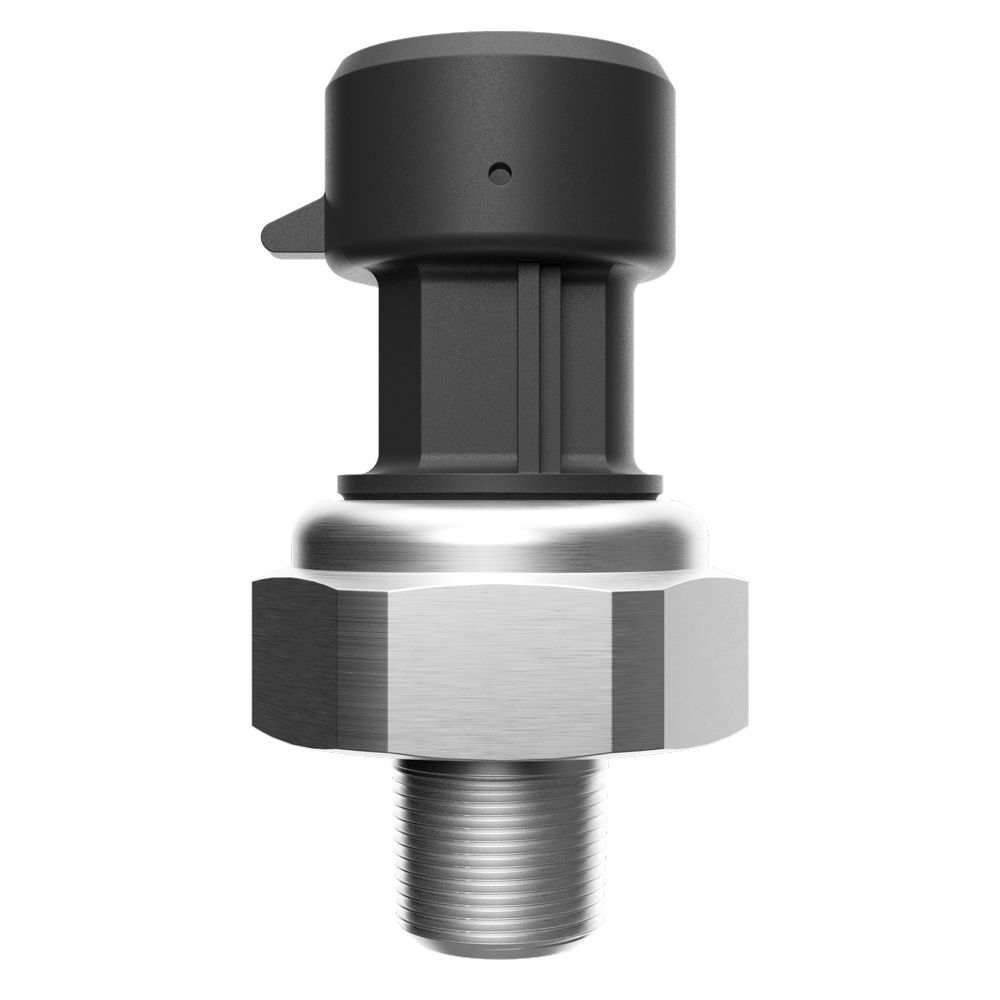
Joshua Redden of Haltech in Lexington, Kentucky, said the company recently released two new products. He described the Nexus R3 vehicle control unit as “a next generation of the Elite 2500. It’s an engine management unit plus a PDM plus a Wi-Fi module and an integrated wideband controller all in the box.” Haltech also added the PD16 power distribution module to work with Haltech ECUs. “Being a power distribution module, the PD16 gives you a lot of data and diagnostic capabilities on the power usage via your Elite or Nexus ECU.”
Redden said both of these products speak to a broader trend he sees in data acquisition. “What they give you access to is more of what you’re looking for. One of the biggest things we’re starting to notice when it comes to data acquisition is that more people are looking at a vehicle more holistically. They’re not just looking at engine operation, they’re looking at the vehicle as a whole. So you’re seeing a lot more sensor inputs to your recording software—different chassis sensors and G meter and suspension travel, different power distribution channels—to see what the power is doing in the car.”
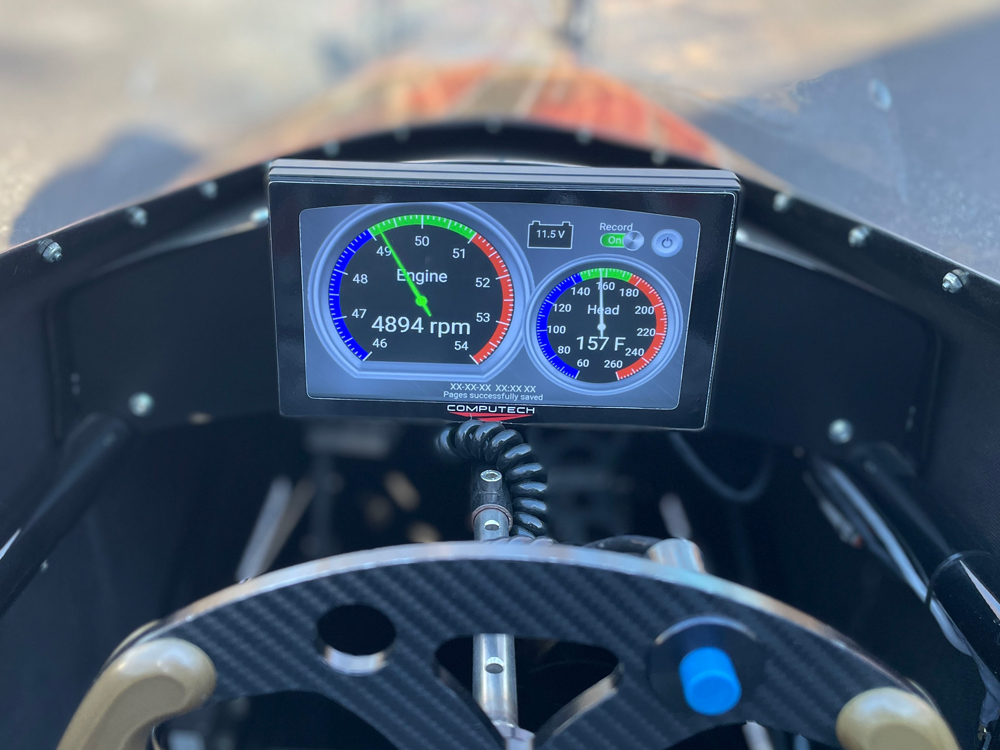
He attributed the shift in thinking to “having the ability with the Nexus R5 and R3 to log at 1,000 hertz. You have a much more granular view of everything. But at the same time, that’s also given you a lot more room to log more data. With the progression of not just ECUs and data logging, but the progression of turbo technology, tire technology, and everything, there’s definitely kind of a resurgence of looking at all of the data, not just engine data. Lap times are included in that. It’s more of a mind shift on the part of the drivers, especially when it comes to drag racing, looking at the whole package and being comfortable with looking at a data system to make sense of it. The more robust your data acquisition is, the better the logging that you keep, the more details you have, the better your program is.”
Redden has seen this holistic approach in action at the drag strip. “I know guys who will make suspension adjustments in the staging lanes because something changed,” he explained. “Something that they saw on the track looked different, or something about the way the engine was running at the time was slightly different from the last pass. They’re saying, ‘Hey, I just saw this, it’s in the data, go make a change,’ and they’ll do it right there in the staging lanes before they roll into the water box.”
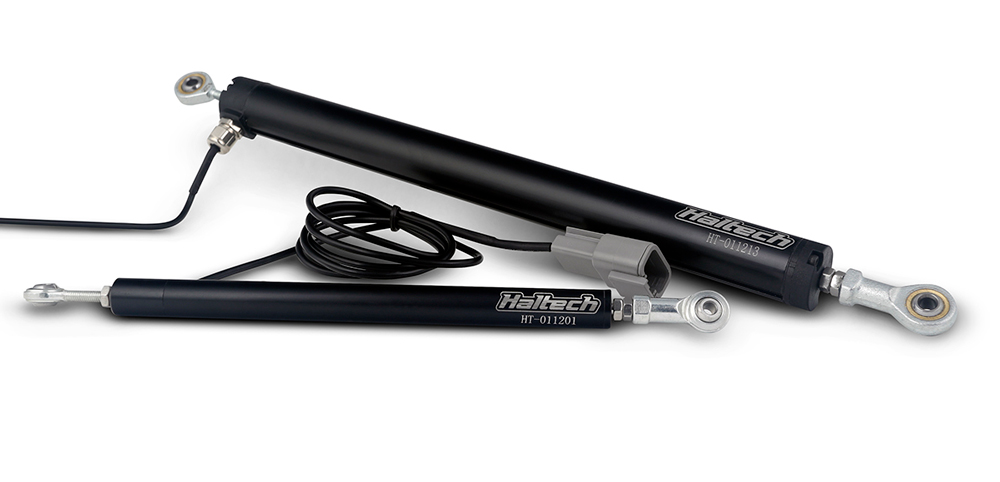
Redden also pointed out that adding new sensors to the Haltech line, including “suspension geometry sensors and laser ride-height sensors, those kinds of advancements and offerings, have opened the door for a lot of data we didn’t have in the past. Now we’re able to live look at suspension height, how much the car has lifted in a turn, or off the line in a drag race, and be able to react to that and program accordingly to that. That’s a major feat.”
“The need for improved technology in sensing products in the past two to three years, as well as drastically increasing reliability for use in today’s engines, has been increasing exponentially,” observed Will Smith of Smith Systems, Brevard, North Carolina. “Customers want products specifically designed for their application—which we specialize in—rather than modifying an existing product to work. Race teams and other end users are wising up to the fact that race engines are very high-stress environments, and experts on these individual products need to weigh in on material selection in order to meet those requirements.”
Accordingly, Smith Systems “is replacing a lot of the standard-built sensors that users have been using for years, and those users are having great experiences with these improved products,” Smith said. “We’re seeing usage on these sensors increasing drastically enough for us to shift some more attention to our racing line of sensors. There seems to be a large need for companies like us to enter the market, as other traditional suppliers have lagged with the use of improved technology and given less attention to the end users for improvements to the products. The minute details in design make a huge difference. Coming from rail, aerospace, and heavy equipment has put us in a good position for leading the drive for these improvements.”
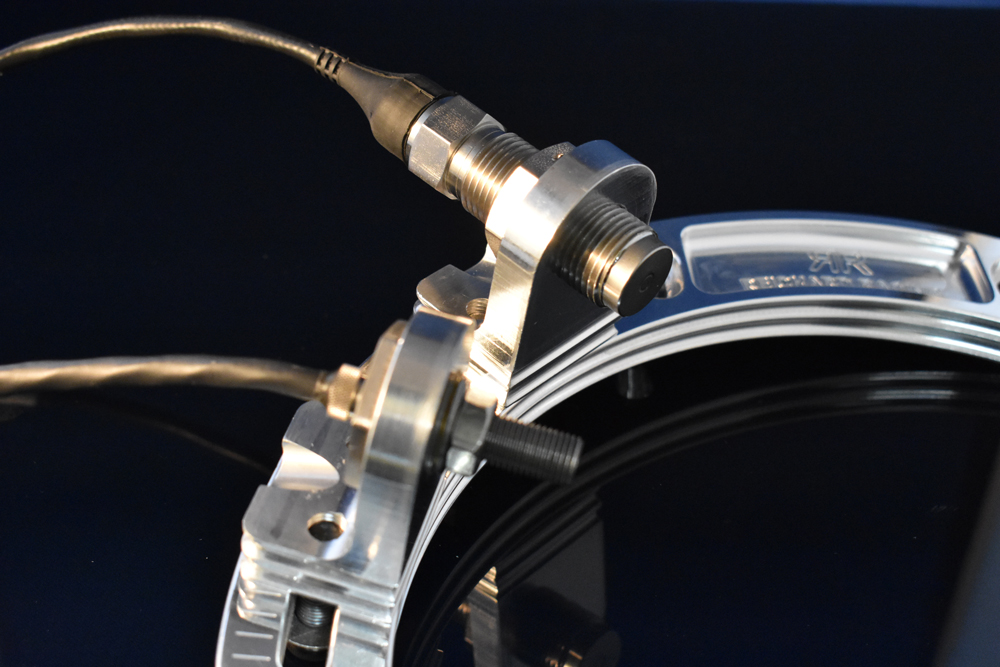
When it launched its 3FP brand, Trensor came into the racing market with seven new sensor SKUs, “the result of a two-year journey of research and development, consulting with race teams and engineers,” Gilman said. “We took our patented Trensor technology, which is a pressure sensor technology, and deployed that in sensors that have several industry leading features and benefits.”
Among those features is a high level of accuracy, Gilman said, “what we call real-life accuracy. We hold across the entire working temperature range, -40 to 150° Celsius, between 1 and 1.5% accuracy even in the harshest ends of that range. So when racers are looking for that insight, they know within a 1% margin of error that they have their system dialed in. Typically, that is better accuracy than most engine control modules hold themselves.”
Another feature the Trensor sensors offer is “truly atmospherically vented reference,” Gilman said. “When we came to the market, we saw racers were modifying sensors to add vent holes to create an escape path for trapped pressure in the electrical interface, which is created when an electrical connector is plugged into a sensor. This modification lead to increased failure rates, since holes that were intended to be an egress for trapped pressure served equally well as an ingress for moisture and dust.”
The Trensor sensors “have factory molded vents to relieve this trapped pressure. They also automatically calibrate themselves to changing elevation, and this atmospheric reference is protected with a technologically advanced membrane that allows for atmosphere to pass through it but not water or dust, so it protects the circuitry and the sensor cell itself. Take Pikes Peak for example, where racers gain thousands of feet of elevation within 10 minutes, with a competitor’s product they might need to run a separate barometric pressure sensor that would take that elevation change into account and allow for their tune to be adaptive to the changing elevation. Our product allows racers to decomplicate that system architecture and rely on a single device.”
The Trensor sensors are also robust enough to withstand the vibration that occurs “in any violent race application,” Gilman said. Where some engine sensors have to be ported off to the firewall or a cage tube to protect them from vibration, “our technology is validated to more than 40 gs of force on all axial planes. They are designed to be put on your engine. We partnered this year with a Top Fuel drag racing team that had been going through sensors either every race or every few races. The sensors we put on that car at the beginning of the season are the same sensors they ran their last pass with.”
Dependability is “obviously extremely important to racers,” Gilman said. “A lot of these guys are spending anywhere from a few thousand dollars to few hundred thousand dollars per race. It’s critical when they make that pass or run that race that they have reliable data that shows precisely what’s going on with their system. Whether it’s mid-race or during post-race analysis, this technology gives them the insight they need.”
SOURCES
Computech Systems
computech.com
Haltech
haltech.com
Holley Performance Products (Racepak Data Systems)
holley.com/brands/Racepak
Smith Systems
smith-systems-inc.com
Trensor
trensor.com
 MEMBERSHIP LOGIN
MEMBERSHIP LOGIN JOIN PRI
JOIN PRI
